Increased Focus on Personalized Medicine
The increased focus on personalized medicine is shaping the Brooke Spiegler Syndrome Cylindroma Market. Tailored treatment approaches that consider individual genetic profiles are gaining traction, particularly in the context of rare diseases. This trend is likely to lead to the development of targeted therapies that specifically address the underlying genetic mutations associated with Brooke Spiegler Syndrome. As healthcare providers adopt personalized treatment plans, patient outcomes may improve, thereby driving demand for specialized therapies. Furthermore, the emphasis on personalized medicine may encourage pharmaceutical companies to invest in research and development, potentially leading to innovative solutions for managing cylindromas. This shift towards individualized care is expected to create new opportunities within the market.
Rising Investment in Rare Disease Research
The rising investment in rare disease research is a crucial driver for the Brooke Spiegler Syndrome Cylindroma Market. Governments and private organizations are increasingly allocating funds to understand and treat rare genetic disorders, including Brooke Spiegler Syndrome. This influx of capital is likely to accelerate research initiatives aimed at developing novel therapies and improving patient outcomes. Additionally, collaborations between academic institutions and pharmaceutical companies are becoming more common, fostering innovation in treatment approaches. As a result, the market may witness the introduction of new therapeutic options that address the unique challenges posed by this syndrome. The focus on rare diseases is expected to enhance awareness and education, further benefiting the market.
Growing Patient Advocacy and Support Groups
The growing presence of patient advocacy and support groups is a significant driver for the Brooke Spiegler Syndrome Cylindroma Market. These organizations play a vital role in raising awareness about the syndrome and its associated challenges. By providing resources and support to affected individuals and their families, these groups are likely to enhance the visibility of Brooke Spiegler Syndrome. Increased awareness can lead to earlier diagnoses and prompt treatment, thereby expanding the market. Additionally, advocacy groups often collaborate with researchers and healthcare providers to promote clinical trials and innovative therapies. This collaborative effort may result in the development of new treatment options, further benefiting the market landscape.
Growing Incidence of Brooke Spiegler Syndrome
The increasing incidence of Brooke Spiegler Syndrome is a notable driver for the Brooke Spiegler Syndrome Cylindroma Market. Recent studies indicate that the prevalence of this genetic condition is rising, leading to a higher demand for effective treatment options. As more individuals are diagnosed, healthcare providers are compelled to seek innovative therapies and management strategies. This trend is likely to stimulate research and development efforts, thereby expanding the market. Furthermore, the genetic nature of the syndrome necessitates specialized care, which could lead to increased healthcare expenditures. The growing patient population may also encourage pharmaceutical companies to invest in the development of targeted therapies, thus enhancing the overall market landscape.
Technological Advancements in Diagnostic Tools
Technological advancements in diagnostic tools are significantly influencing the Brooke Spiegler Syndrome Cylindroma Market. Enhanced imaging techniques and genetic testing have improved the accuracy of diagnosing this syndrome, allowing for earlier intervention. The introduction of next-generation sequencing and advanced imaging modalities has made it easier for clinicians to identify cylindromas associated with Brooke Spiegler Syndrome. This increased diagnostic precision is likely to lead to a rise in patient referrals to specialists, thereby expanding the market. Moreover, as awareness of the syndrome grows, the demand for these advanced diagnostic tools is expected to increase, further driving market growth. The integration of artificial intelligence in diagnostics may also streamline the identification process, potentially revolutionizing patient management.


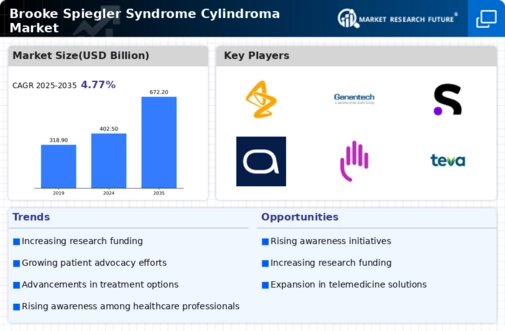
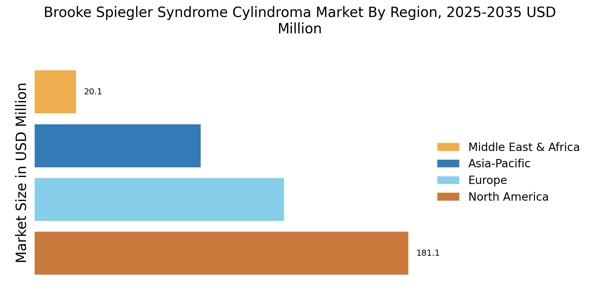
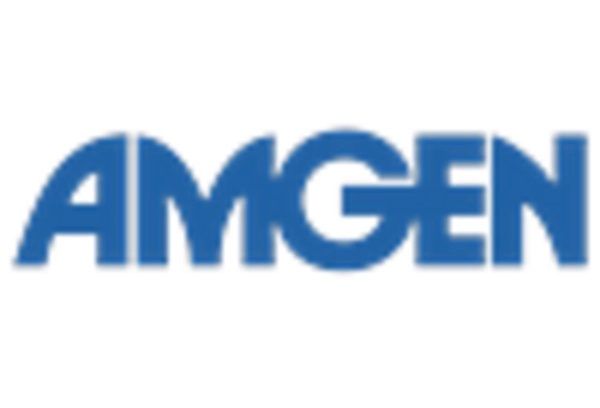
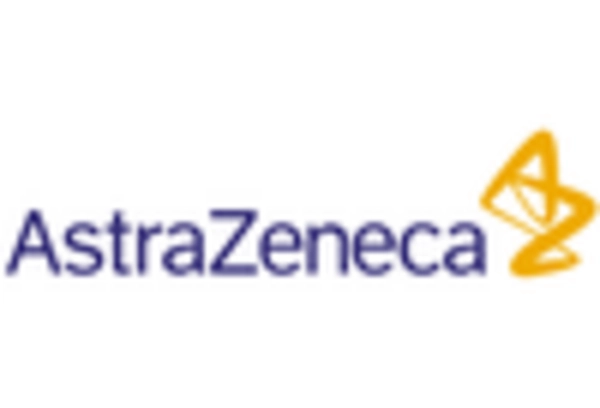


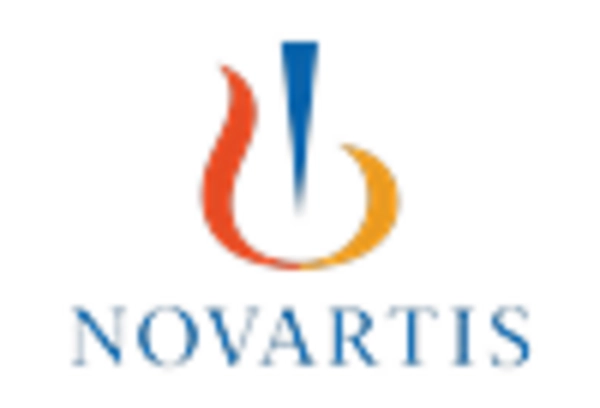
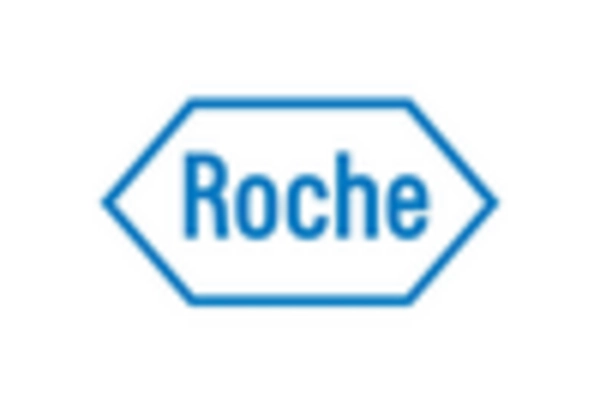








Leave a Comment